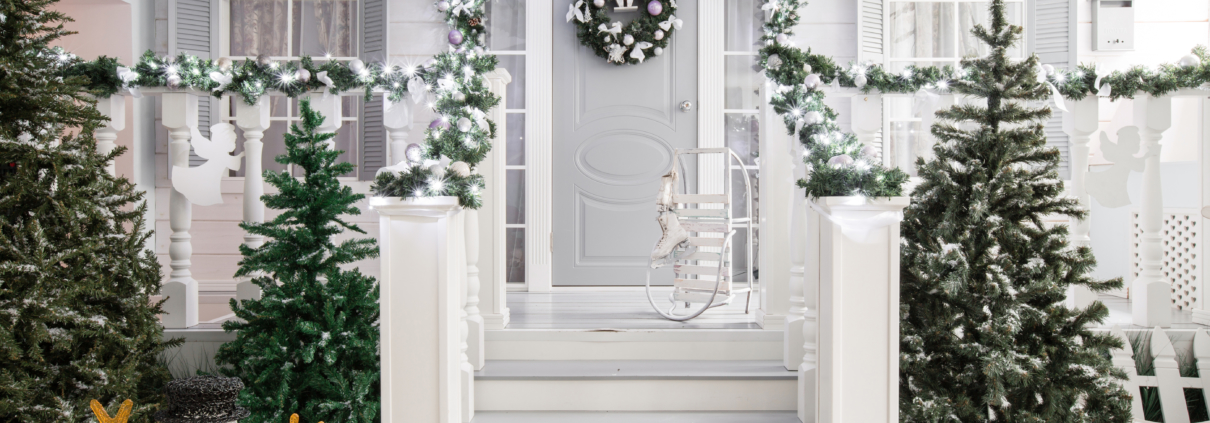It’s the most wonderful time of the year! We agree with this favorite Christmas song lyric. Though we also agree that with all the visitors and extra lights and up-and-down thermostat, the most wonderful time can also mean a less wonderful January power bills. But with a little attention to common sense and heat management details, the January bill can be less Scrooge-like. Keep these miserly tips in mind this season:
Mind the Temperature
When you are home and awake, set your thermostat as low as is comfortable.
When you are asleep or out of the house, turn your thermostat back 10° to 15° for eight hours. A smart or programmable thermostat can make it easy to set back your temperature.
If you have a heat pump, maintain a moderate setting or use a programmable thermostat specially designed for use with heat pumps.
Reduce Heat Loss from the Fireplace
Keep your fireplace damper closed unless a fire is burning. Keeping the damper open is like leaving a window wide open during the winter; it allows warm air to go right up the chimney.
When you use the fireplace, reduce heat loss by opening dampers in the bottom of the firebox (if provided) or open the nearest window slightly–approximately 1 inch–and close doors leading into the room. Lower the thermostat setting to between 50° and 55°F.
Check the seal on the fireplace flue damper and make it as snug as possible.
Share more Hot Water with Holiday Guests
Reduce the temperature of your water heater to the warm setting (120°F). You’ll not only save energy, you’ll avoid scalding your hands. And you’ll leave more water for extra visitors during the holidays!
Use fans to circulate air.
Set your fan on low to circulate air upward toward the ceiling. This will force the warmer air that rises and gets trapped at the ceiling downward, leaving your house feeling warmer.
Keep vents and radiators clear.
Ensure your vents are not blocked by rugs or furniture, or that you don’t have any large objects in front of your radiator. This allows the air to circulate freely and you to get the full benefit of the warm air and put less strain on your furnace. This is also safer!
Clean vents, radiators, etc.
Not only is dust an allergen, it is a wonderful insulator. Clean the built-up dust from your radiators and baseboard heat vents often. This allows the air to flow freely into your rooms and promotes equal heat radiation. It is healthier too!
Pay attention to your windows.
Approximately 10-25% of your house’s heat loss can be attributed to windows. To reduce this, open curtains and shades on south facing windows during daylight hours to allow the sun’s heat to enter your house and warm it. Keep curtains and blinds closed at night and when the sun is not shining on them to insulate your house and keep the heat inside. Another tip – place blankets over uncovered windows and drapes, especially at night when the windows are not being used and the temperature is at its coldest.
Shut the doors.
If the room is not used, why heat it? Shut the doors and close the vent when you are not in the room. When you are in the room, shutting the door can increase the room’s temperature by keeping in your body heat and the heat produced by lights or other electronics such as a computer.
Lower Your Holiday Lighting Costs
Use light-emitting diode — or “LED” — holiday light strings to reduce the cost of decorating your home for the winter holidays.
Most Important: Safety and Security
While saving on your monthly energy bill is important, safety and security are the top priority. Be sure to give your home that lived-in look while you’re away by using programmable timers that allow you to manage which lights to turn on, when and for how long while you’re away from home.
Enjoy your holidays! As always, call Kay Heating and Air Conditioning for any needs that arise during this busy season. 336-274-6323 or contact us at www.kayheating.com.





Leave a Reply
Want to join the discussion?Feel free to contribute!